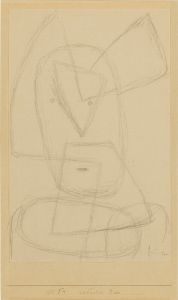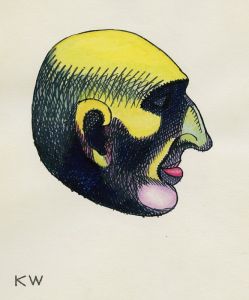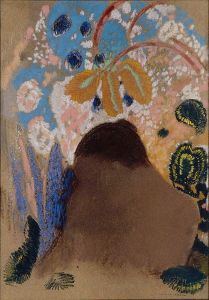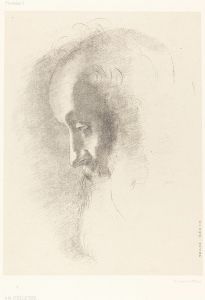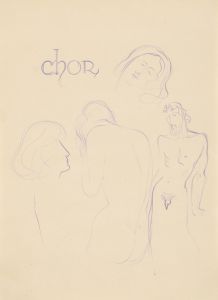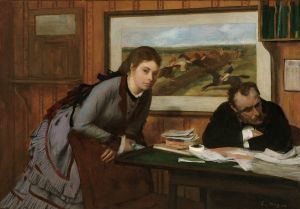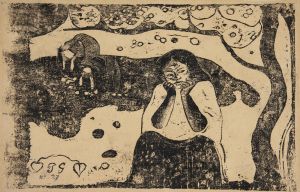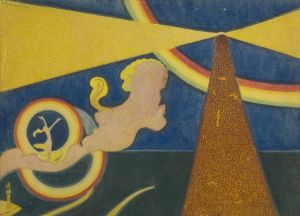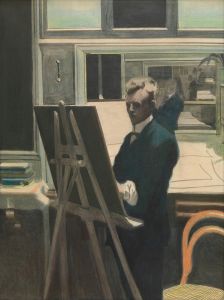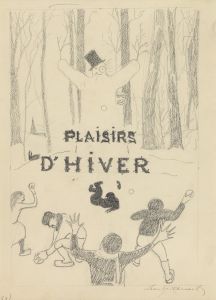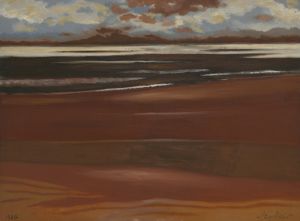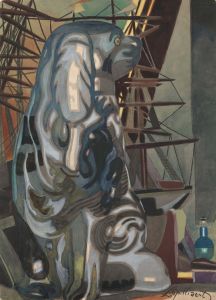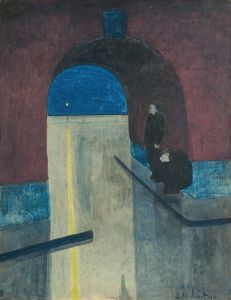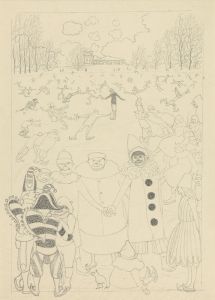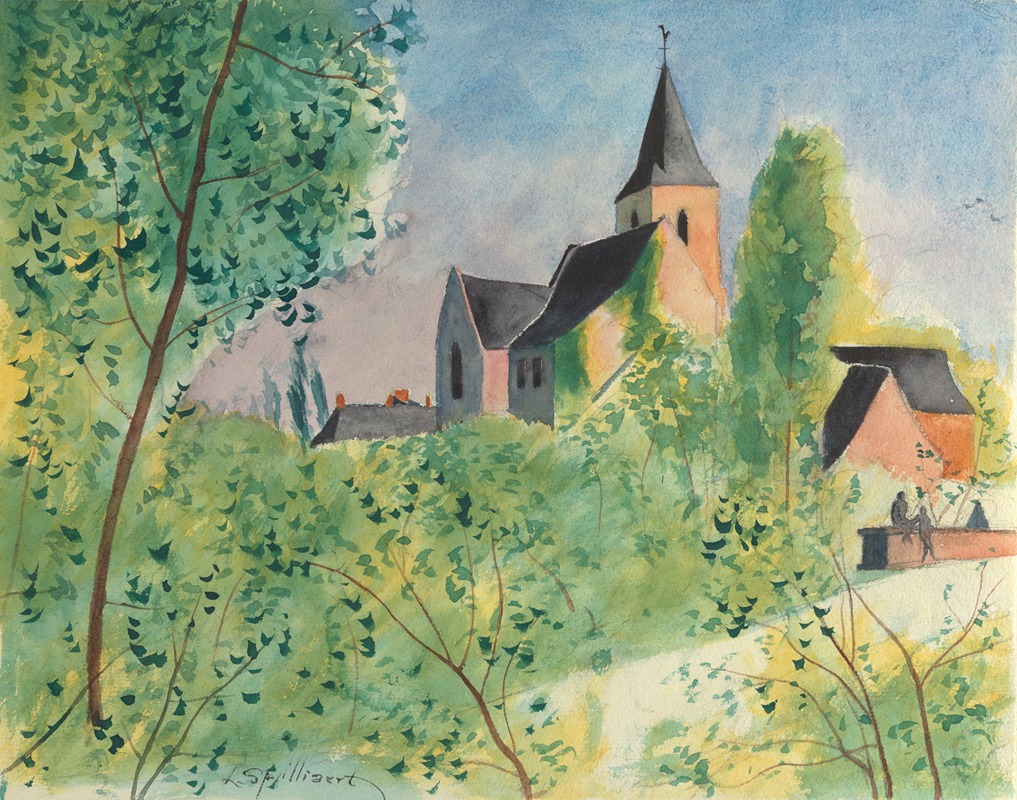
Landschap voor ‘Au temps que Nanette était perdue’
A hand-painted replica of Léon Spilliaert’s masterpiece Landschap voor ‘Au temps que Nanette était perdue’, meticulously crafted by professional artists to capture the true essence of the original. Each piece is created with museum-quality canvas and rare mineral pigments, carefully painted by experienced artists with delicate brushstrokes and rich, layered colors to perfectly recreate the texture of the original artwork. Unlike machine-printed reproductions, this hand-painted version brings the painting to life, infused with the artist’s emotions and skill in every stroke. Whether for personal collection or home decoration, it instantly elevates the artistic atmosphere of any space.
Léon Spilliaert (1881-1946) was a Belgian symbolist painter known for his unique and atmospheric works that often explore themes of solitude, introspection, and the mystical aspects of the natural world. One of his notable works is "Landschap voor ‘Au temps que Nanette était perdue’," which translates to "Landscape for 'In the Time that Nanette was Lost'." This painting is an example of Spilliaert's ability to convey emotion and mood through his distinctive style.
Spilliaert was born in Ostend, Belgium, a coastal city that greatly influenced his artistic vision. The sea and the landscapes of Ostend frequently appear in his works, often depicted in a haunting and ethereal manner. Spilliaert's art is characterized by its use of muted colors, stark contrasts, and a sense of emptiness or vastness, which can evoke feelings of melancholy and contemplation.
"Landschap voor ‘Au temps que Nanette était perdue’" is a testament to Spilliaert's skill in capturing the essence of a landscape while imbuing it with a deeper, often symbolic meaning. The painting is believed to be associated with the literary work "Au temps que Nanette était perdue" by the French writer Camille Lemonnier. Lemonnier was a contemporary of Spilliaert and known for his naturalistic and sometimes symbolist writings. The collaboration or connection between Spilliaert's painting and Lemonnier's text suggests a shared exploration of themes related to loss, memory, and the passage of time.
In this painting, Spilliaert employs his characteristic style, using a limited color palette to create a moody and atmospheric scene. The landscape is depicted with a sense of mystery and ambiguity, inviting viewers to ponder the narrative suggested by the title. The composition likely features elements typical of Spilliaert's work, such as expansive skies, solitary figures, or desolate terrains, all contributing to a feeling of introspection and emotional depth.
Spilliaert's work, including "Landschap voor ‘Au temps que Nanette était perdue’," is often associated with the broader symbolist movement, which sought to express the underlying emotions and ideas beyond the visible world. His paintings are known for their psychological intensity and ability to evoke a sense of the uncanny or the sublime.
Throughout his career, Spilliaert remained somewhat of an enigmatic figure, often working in isolation and developing a style that was uniquely his own. His works have been exhibited in various museums and galleries, and he is regarded as an important figure in Belgian art history. Spilliaert's influence can be seen in the way he bridges the gap between the symbolist and expressionist movements, using his art to explore the complexities of the human psyche and the natural world.
"Landschap voor ‘Au temps que Nanette était perdue’" stands as a significant piece within Spilliaert's oeuvre, reflecting his ability to convey profound emotional and philosophical themes through the medium of landscape painting.





